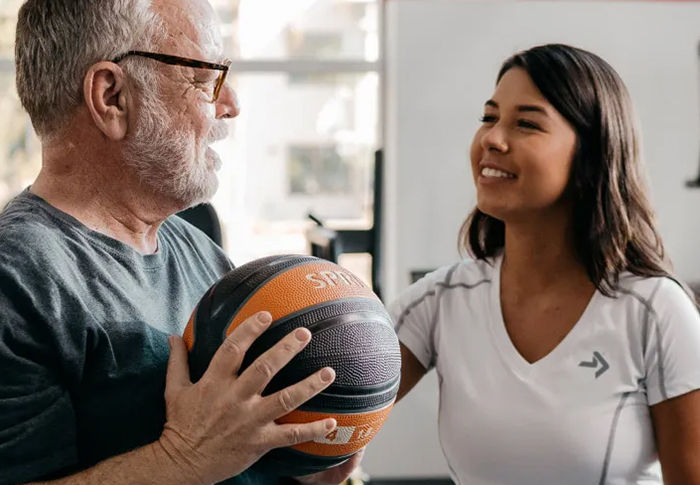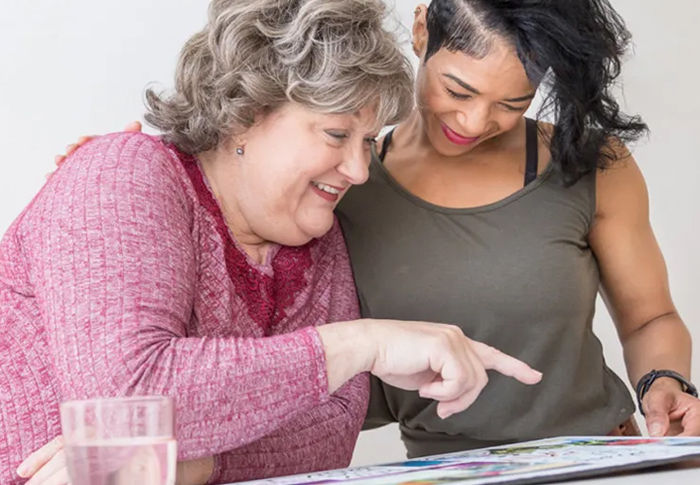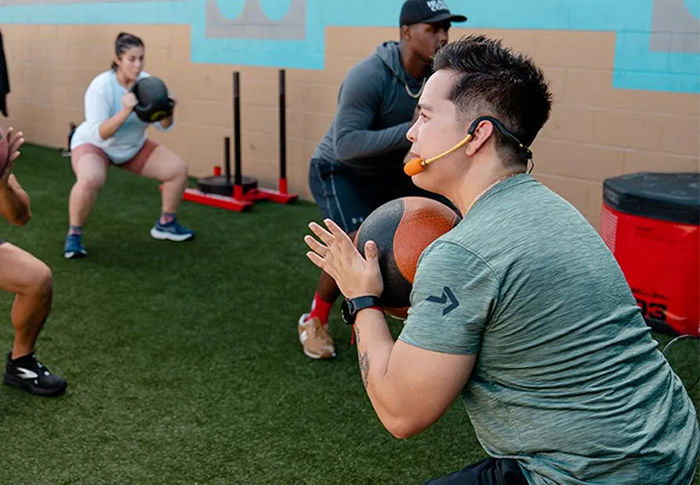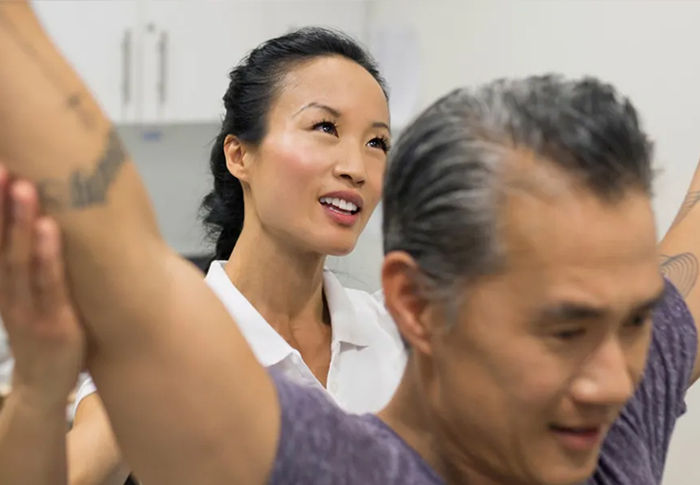

Become a Community Physical Activity Leader
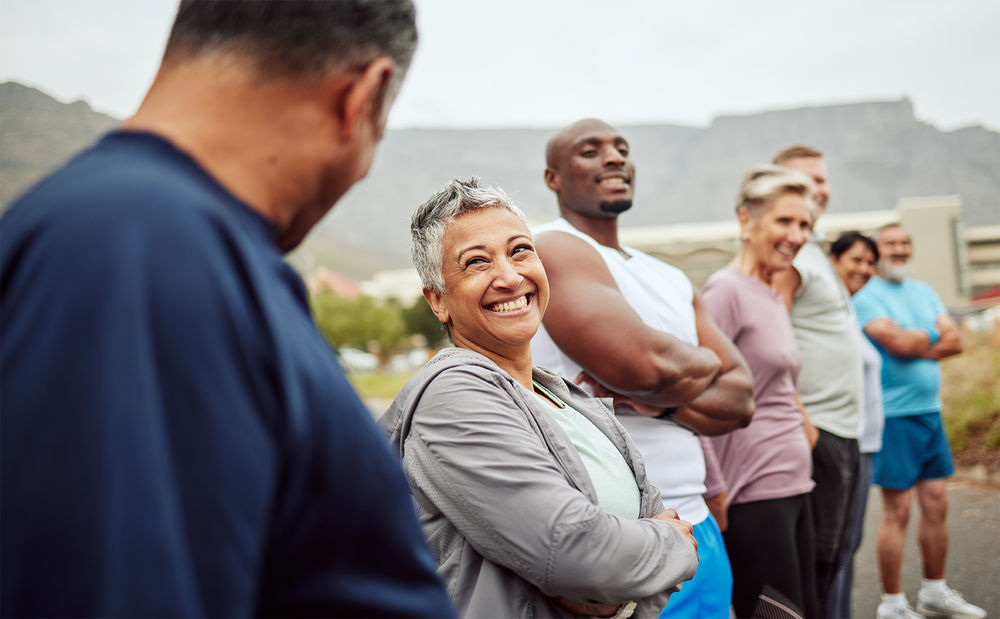
A Community Physical Activity Leader can develop and lead safe and effective physical activity sessions for their friends, family members and neighbors. If you are a fitness enthusiast or athlete interested in volunteering or serving your community, the CPAL course is perfect for you.
Read MoreObesity and Weight Management: New Textbook Features ACE Experts
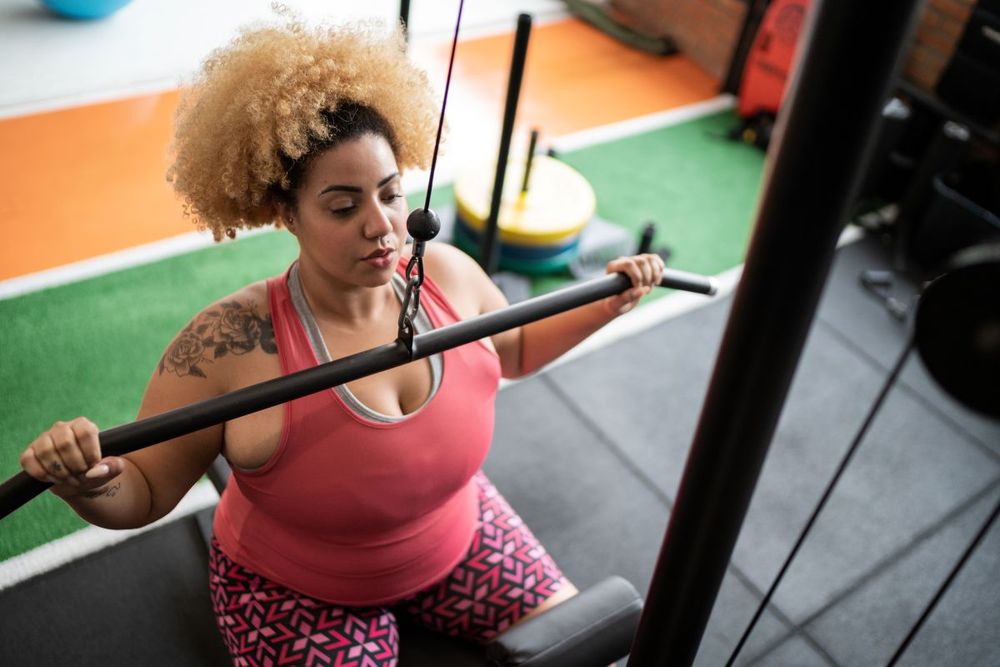
A new textbook, Obesity and Weight Management: The Exercise Professional’s Guide to Fitness Programming, features ACE experts and is a comprehensive and practical guide to working with clients with overweight and obesity. Learn more about this groundbreaking text.
Read MoreHow Much Water Per Day—Why the “8 Glasses a Day” Rule Doesn’t Work for Everyone (Verywell Health)
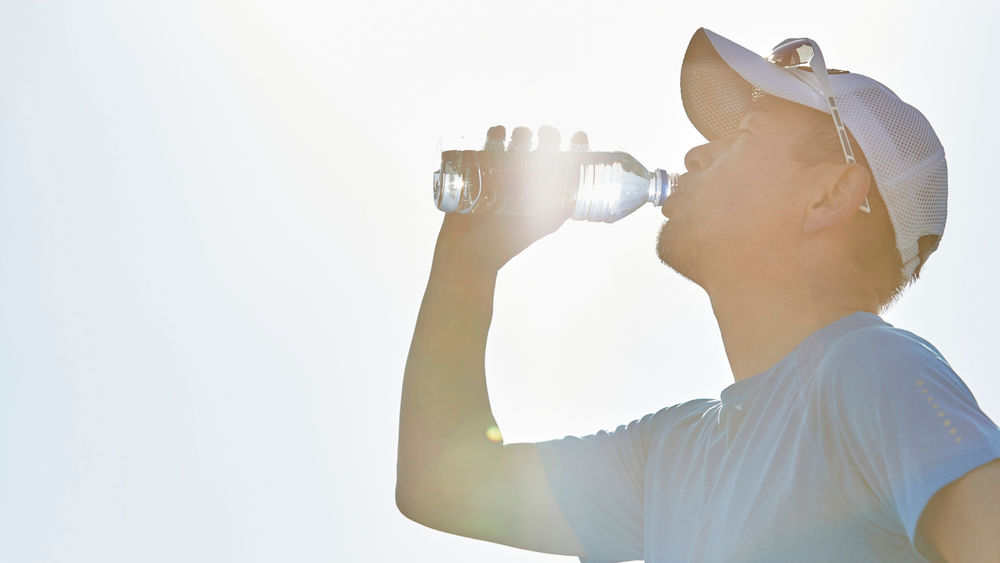
Water regulates body temperature and lubricates your joints. It helps transport nutrients to give you energy and keep you healthy. The American Council on Exercise has suggested the following basic guidelines for drinking water before, during, and after exercise:
Read MoreWant Visible Abs? Start in the Kitchen, Not the Gym (CNET)
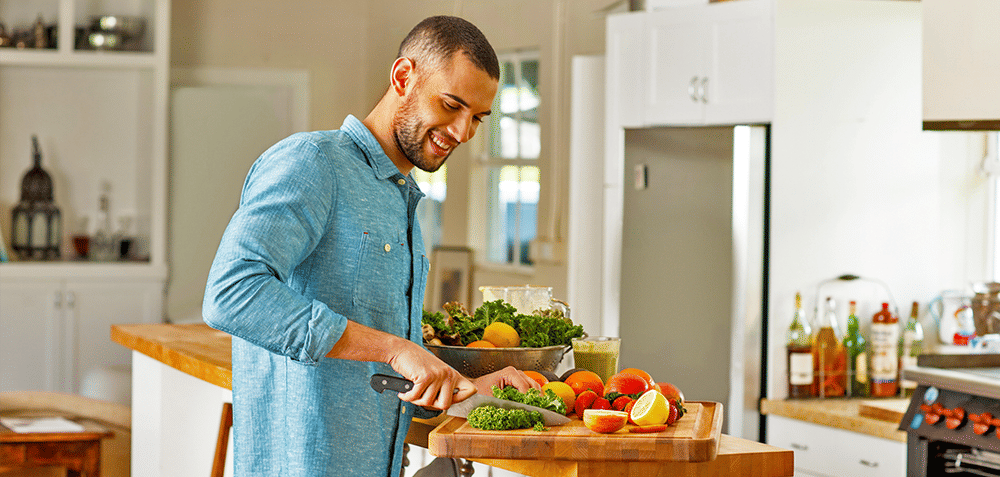
However, if you don't have the resources to make the trip to a healthcare provider, you can get a fairly good estimate at home. The American Council of Exercise has a calculator where you can plug in some skinfold measurements for a rough idea of what your body fat percentage is.
Read MoreWhat Is Cold Water Therapy? A Detailed Scientific Guide (Everyday Health)
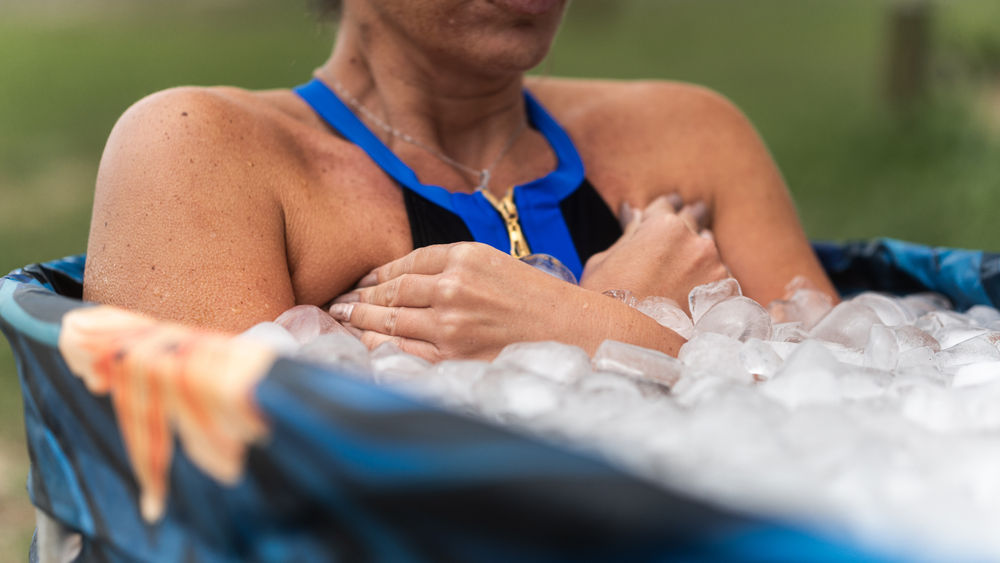
There's a good reason cold water immersion is particularly popular among athletes. The practice may help delayed onset muscle soreness (DOMS) and speed up muscle recovery, says Sabrena Jo, PhD, senior director of science and research at the American Council on Exercise.
Read MoreZone 2 Cardio: Pros, Cons and Tips From Experts (CNET)
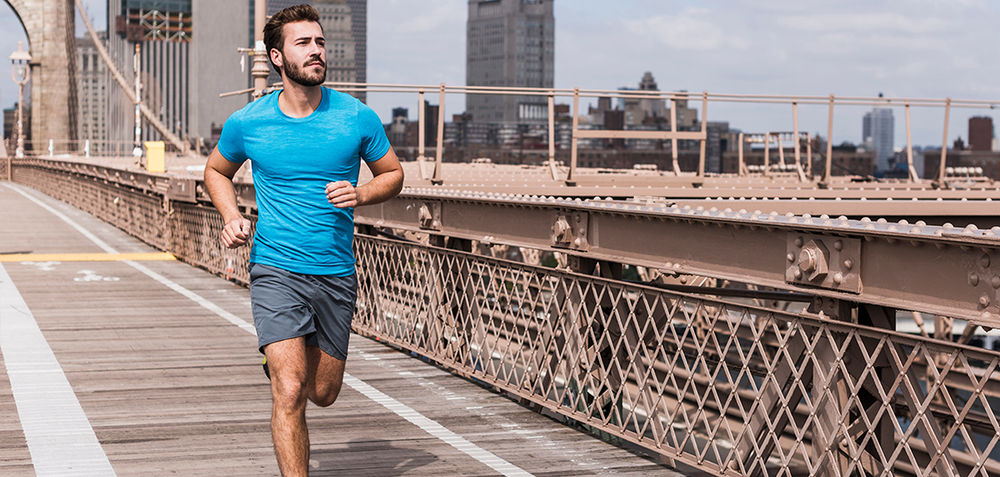
"Another benefit is the activation of the cell's mitochondria. Zone 2 training is effective for improving mitochondria function as well as increasing the number of mitochondria in the cells. This is why zone 2 training has become so popular, especially when discussing longevity. The health of the mitochondria will have a direct impact on the effects of aging on the body," says Mike Deibler, a certified personal trainer with the American Council on Exercise.
Read MoreRethinking the Heat Index: An Evidence-based Approach

The heat index may not be the best way to estimate heat stress, particularly during exercise and for vulnerable populations. This expert Q&A explores a more practical and evidence-based approach to staying safe in the summer months.
Read MoreThe Importance of Proper Recovery
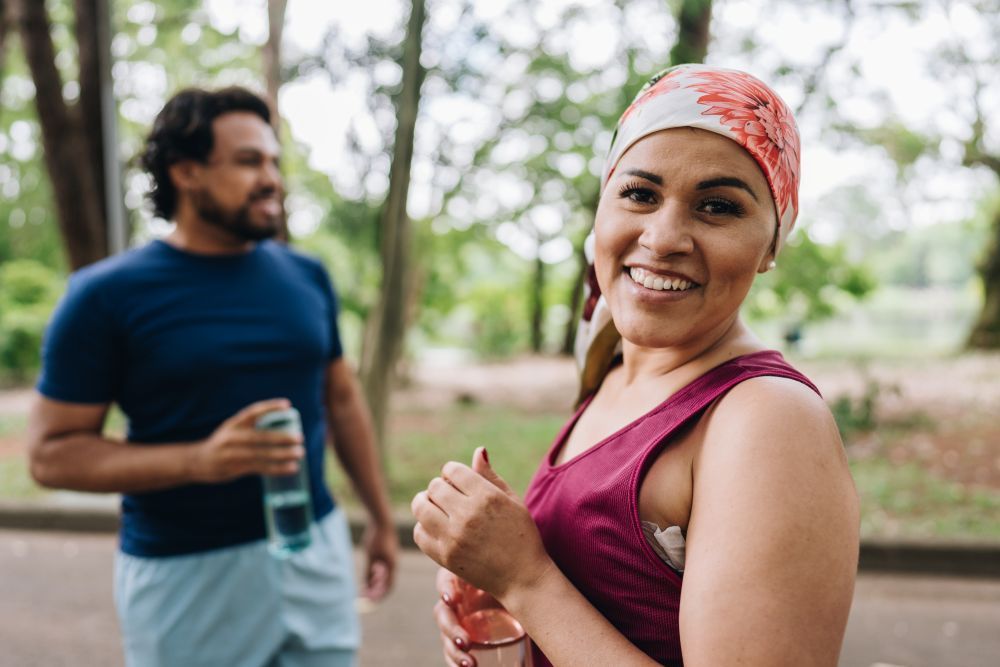
Proper recovery can be the difference between long-term exercise adherence and burnout or injury. Read what two ACE experts have to say about recovery and try a 10-move active recovery routine that is perfect for those days when you need a break from high-intensity exercise.
Read MoreThis Is The Minimum (And Maximum) Calories You Need Every Day (Men's Health)
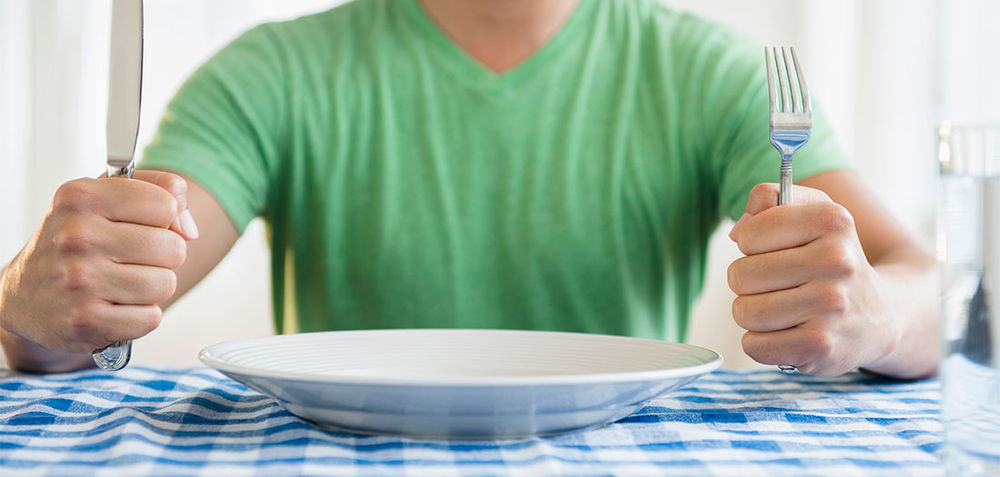
You can also try using a formula to estimate your calorie needs, which is easy to do with an online calorie calculator from a trusted source. This one, from the American Council on Exercise, takes into account your age, weight, gender, height, and activity level, from sedentary to very active to determine your calorie needs.
Read MoreAmerican Council on Exercise Named a Winner of Best and Brightest Companies In Wellness in the Nation
People Are Seeing Results From This Viral 10-Minute Workout In Two Weeks (The Every Girl)

Based on the American Council on Exercise (ACE) physical activity calorie counter, a 190-pound person can burn about 344 calories in 30 minutes of stair climbing versus 142 calories in the same amount of time of walking at a moderate pace of 3 mph.
Read MoreTop 7 Tips for Mountain Biking in Hot Weather (Bike Mag)
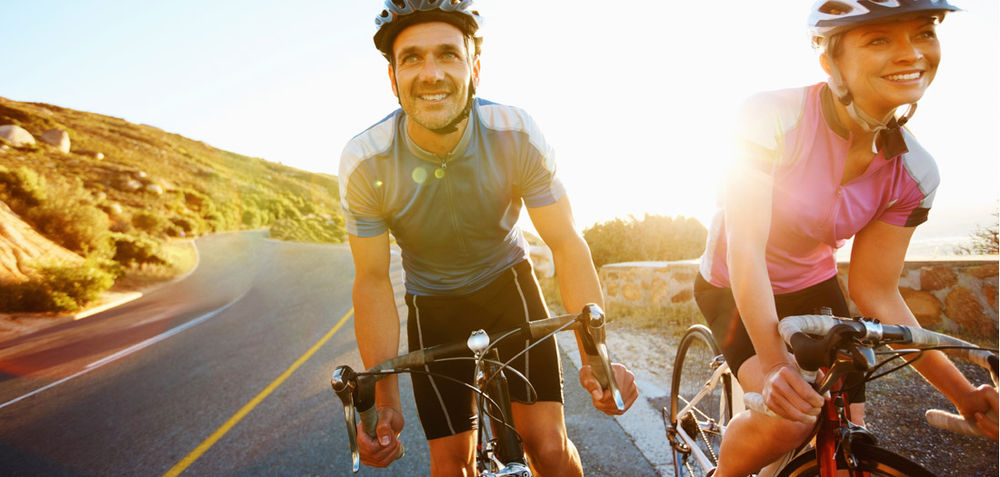
Starting your ride hydrated is as important as staying hydrated during it. To begin your ride properly hydrated, the American Council on Exercise recommends drinking 17 to 20 ounces of water a few hours before your ride and then 8 ounces (1 cup) of water 30 minutes before you start.
Read MoreWhat Exercise Burns the Most Calories? We Ranked Them (CNet)
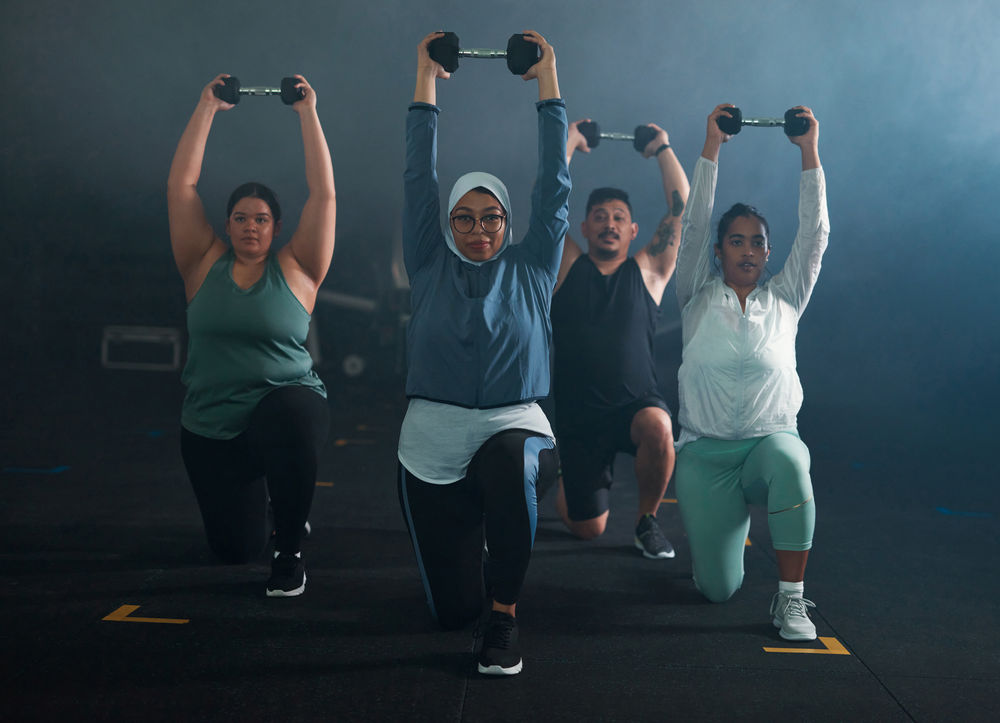
Even though everyone is different, there are general estimates for how many calories you can burn when you exercise. The estimates below are calculated based on someone who weighs 130 pounds through the American Council on Exercise calculator. You can use that calculator to get a close estimate of how many calories you would burn daily during many common activities.
Read MoreWhen You Do Burpees Every Day, This Is What Happens (Health Digest)

If you're worried about your knees during burpees, the first thing to remember is it's not a competition to see how many you can do or how quickly you can get them done (despite some fitness challenges saying as such). "The movement doesn't need to be fast to be effective," states the American Council on Exercise's senior advisor Pete McCall to Livestrong. So, slow down to reduce any risk of injury through jerky knee action.
Read MoreThis 10-Minute Workout Is 68% More Effective Than a 30-Minute Run, Science Shows (Best Life)
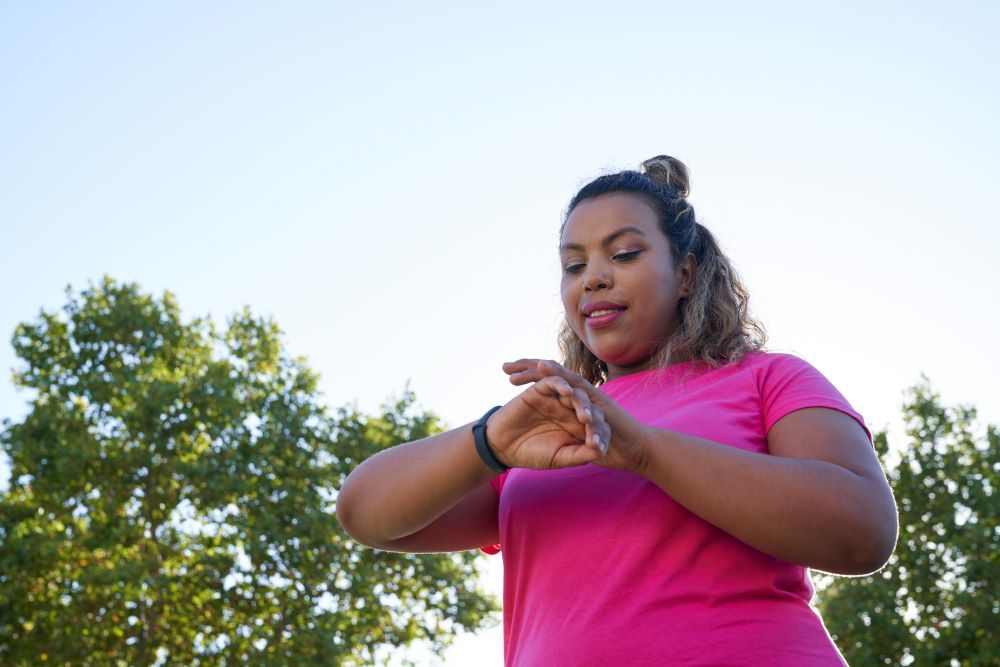
In a 2016 study commissioned by the American Council on Exercise (ACE), 24 healthy, college-aged students were enlisted to complete 19-minute trampoline workouts for six months.
Read MoreAI, GLP-1s and Social Media Influencers: Major Impacts on the Fitness Industry

AI, GLP-1s and social media influencers are sure to have an impact on the future of the fitness industry. Read on to learn what ACE experts have to say.
Read MoreThe rise of Ozempic has Americans chasing dubious muscle-building miracles (Business Insider)

"It’s human nature to gravitate toward shortcuts," says Cedric Bryant, the president and CEO of the American Council on Exercise.
Read MoreGetting Back Into Fitness? I Weighed Up Cycling Vs Running To Find Out the Benefits of Each (Woman and Home)
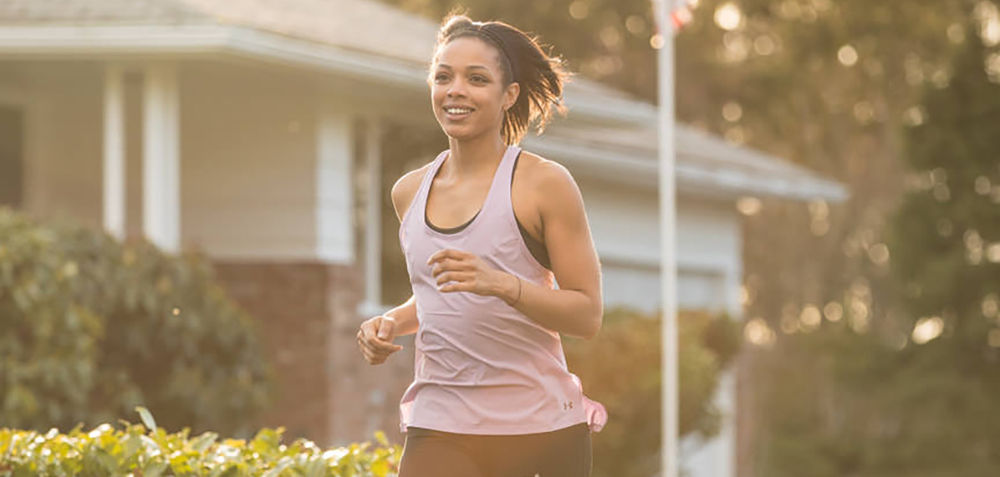
Generally speaking, taking up running for weight loss will help you burn more calories in a shorter space of time than cycling. It does hugely depend on personal factors like weight, age, and gender, along with the intensity and duration of the workout, but according to the American Council on Exercise, there is a big difference in calorie burn at the end of the day.
Read MoreMen’s Health Month: Addressing the Longevity Gap
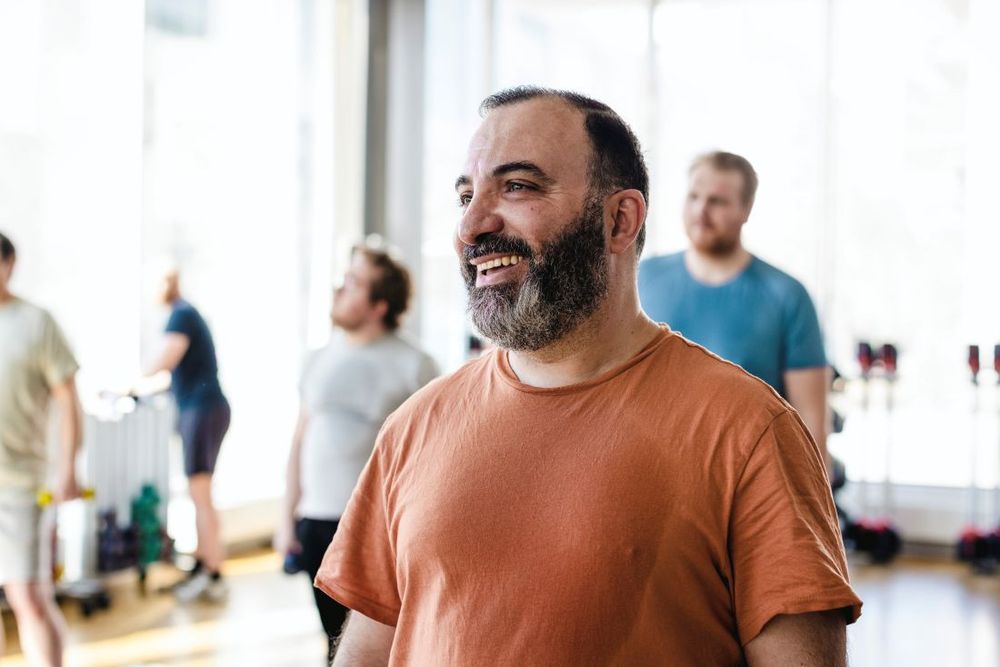
Men’s Health Month is a great time to explore the differences in life expectancy between men and women—termed the “longevity gap.” Read on to learn why this gap exists and what you can do to help your male clients live longer, healthier lives.
Read MoreThis Is How Fast You Have to Walk to Lose Weight and Build Muscle, According to a Trainer (Today)
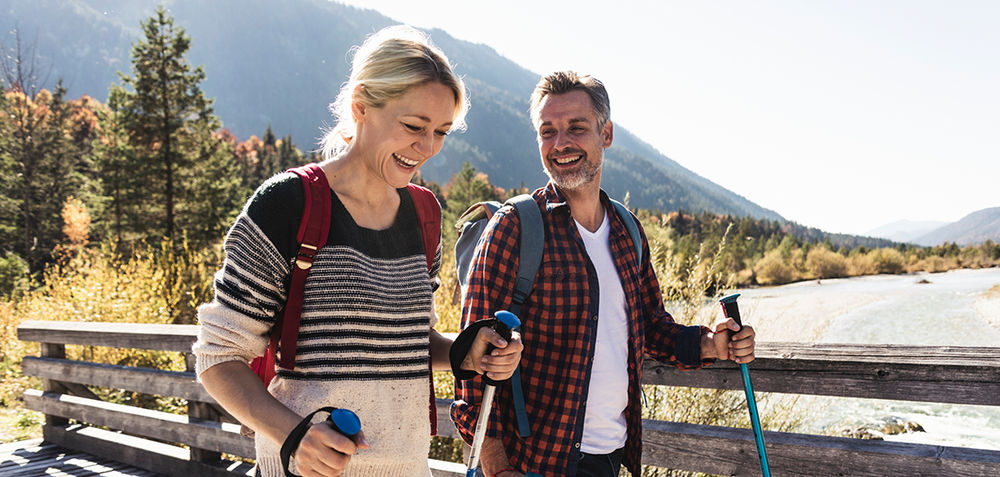
"Brisk walking provides a wide range of health benefits for both your physical and mental health," Mansour said. "Additionally, brisk walking is an effective way to manage weight and improve body composition." She defined brisk walking, aka power walking, as 3-4 mph. Cedric Bryant, Ph.D., CEO of the American Council on Exercise, agreed, noting that 3 mph is a good speed to start if you're walking for weight loss.
Read MoreHow to Increase Stamina at Any Age, According to Science (Prevention)

“Increasing your stamina and endurance usually means you’re increasing your cardiorespiratory fitness, or VO2 max,” says Sabrena Jo, Ph.D., director of science and research for the American Council on Exercise. This has benefits that go beyond letting you feel less wiped out doing everyday activities, says Jo. “A large bank of evidence shows that people who have higher cardiorespiratory endurance or aerobic fitness resist chronic disease and have a lower mortality rate.”
Read MoreHow to Shed Those Pounds by Lifting Weights: Strength Training Workout Tips (CNET)
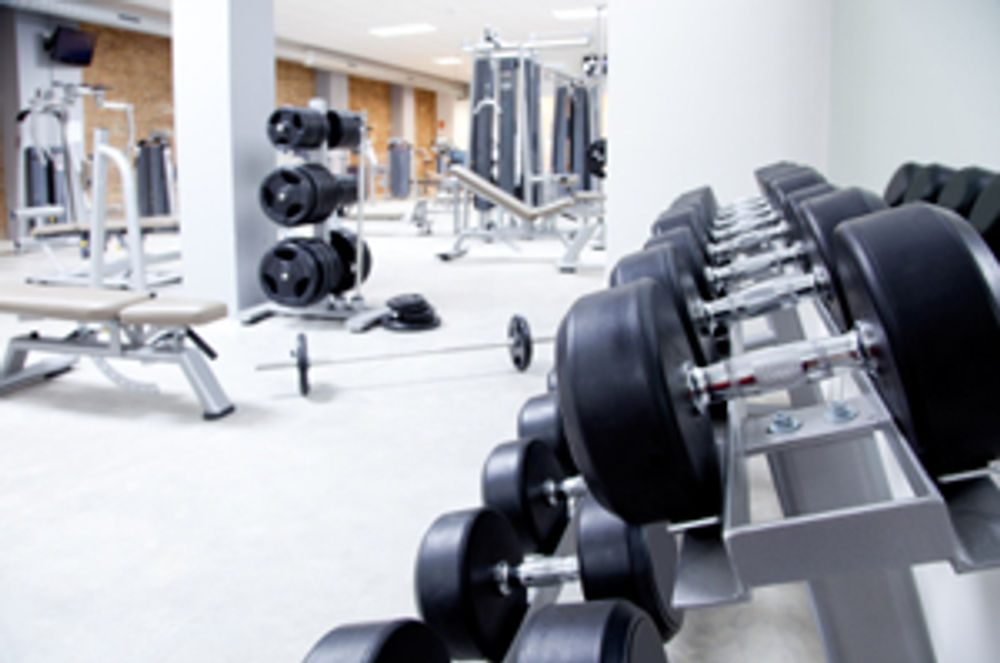
Rachel MacPherson, an American Council of Exercise-certified personal trainer, performance specialist and Garage Gym Reviews expert, explains that muscle is metabolically active, meaning it burns calories even at rest. Although the effect is small, it's significant and does add up over time. "This also helps to counteract the decline of metabolism and muscle mass as you age, which can contribute to middle-age weight gain," she says.
Read MoreThe Psychology of Exercise Motivation
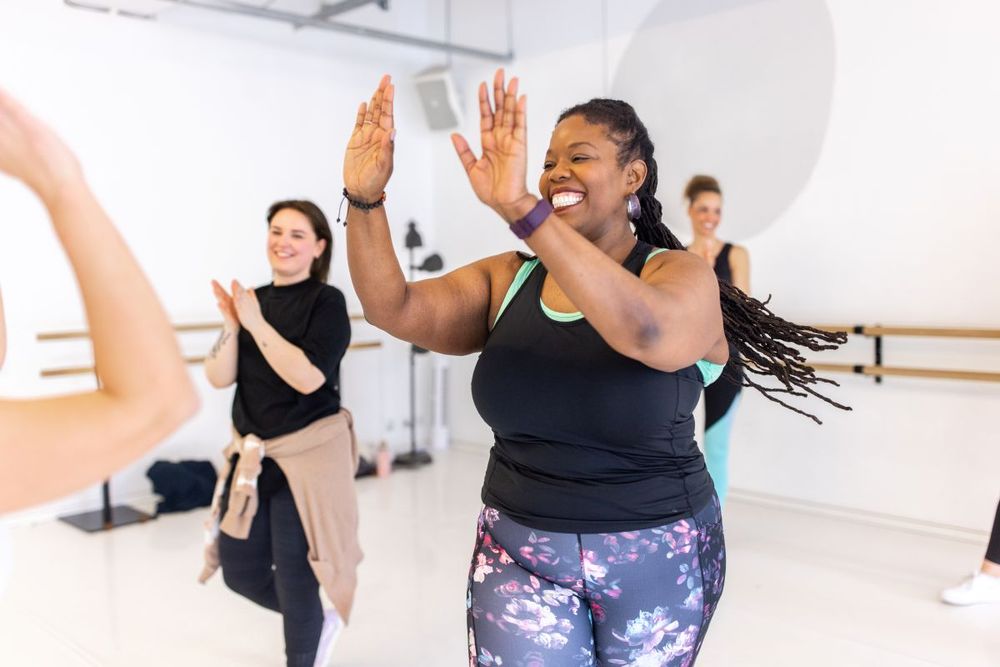
The psychology of exercise motivation begins with a caring and task-involving climate. Learn how to empower clients and optimize results.
Read More6 Popular Fitness Influencers Caught Promoting Dangerous Routines (The Free Financial Advisor)
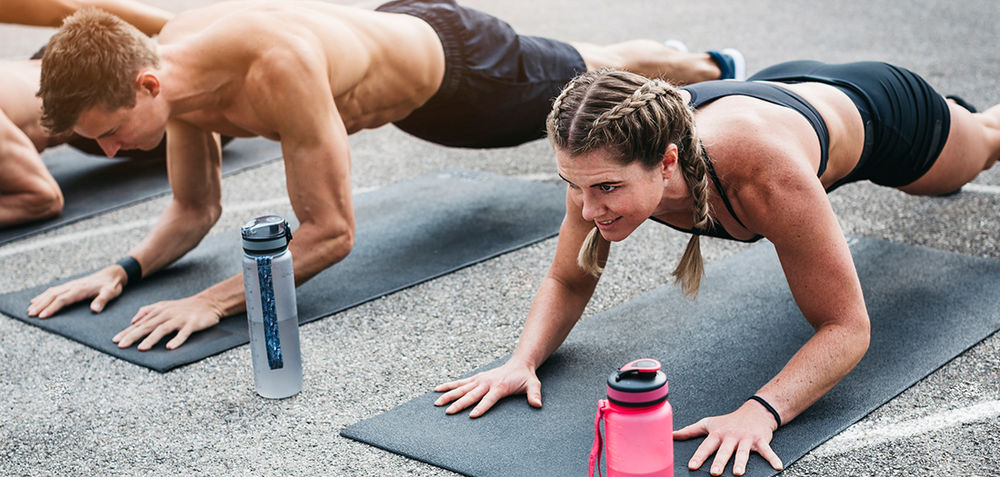
While consistency is important, rest days are essential for muscle recovery and injury prevention. Research from the American Council on Exercise shows that overtraining can lead to chronic fatigue, weakened immune function, and a 30% higher risk of musculoskeletal injuries. Followers who skip rest days often report persistent soreness, sleep disturbances, and even stress fractures.
Read MoreFitness Professional Outlook: Adaptability Is the Name of the Game in 2025 (Athletech News)
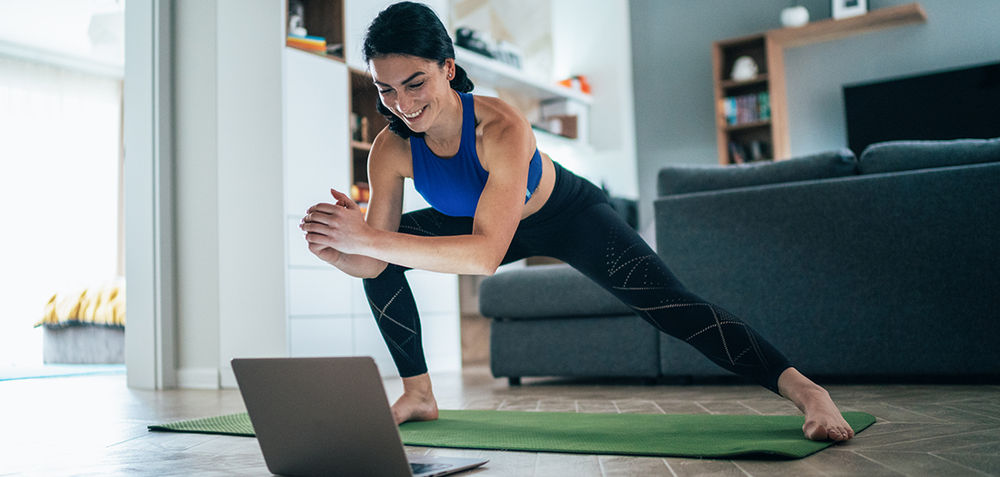
Lauren Shroyer, MS, vice president of product innovation at the American Council on Exercise (ACE), points to anti-obesity medication, also known as AOMs, and AI as two of the top trends shaping personal training and group fitness – and opening doors.
Read MoreHow Lifting Weights Can Transform Your Mindset and Body Without the Fear of Getting Bulky (MSN)
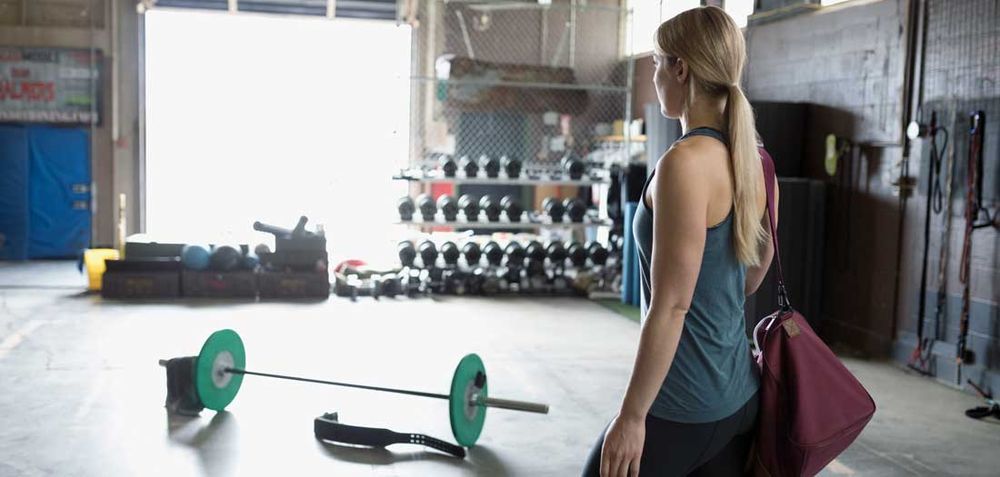
For the gym-phobic, so-called “gymtimidation,” one can overcome the fear. The American Council on Exercise recommends such measures as going to the gym off-peak, going to the gym with a mission in order to get to know it, and even taking a friend along. Remembering that everyone has to begin somewhere, one can overcome fear of going into a gym.
Read MoreHow to Find a Summer Job in Fitness

Looking for a summer job in fitness? Consider these creative job search ideas, from youth sports coaching to seasonal fitness opportunities.
Read MoreGLP-1s and Lean Mass: What the Research Shows

As GLP-1 drugs like Ozempic and Mounjaro surge in popularity, new research reveals they cause more muscle loss than fat loss, which is a key concern for those who take them. This article unpacks the science, explains why the findings matter and offers practical strategies to help clients lose weight while preserving lean mass.
Read MoreCycling Vs. Running: Which Cardio Workout Is More Effective? Experts Weigh In (Women's Health)
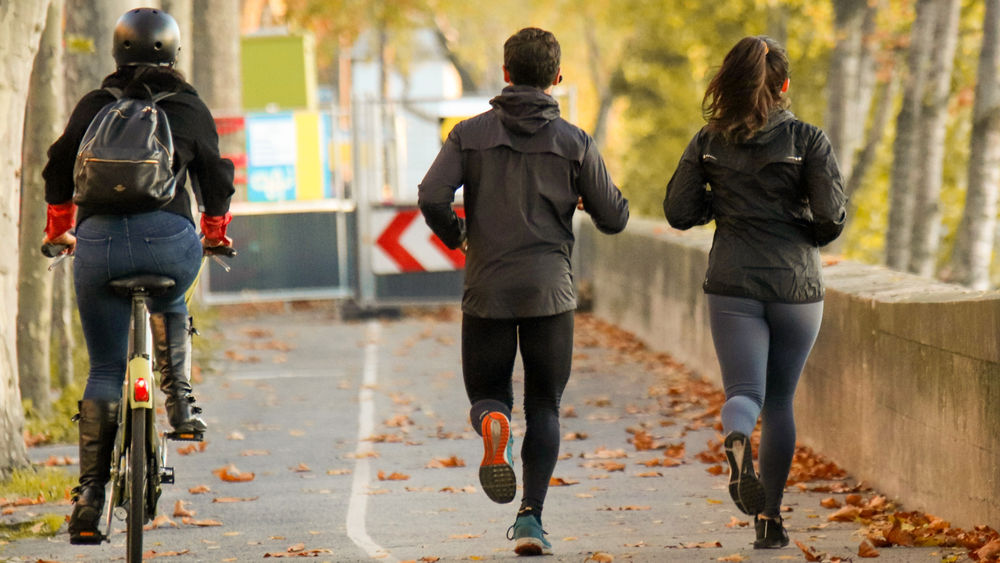
Running leads to more calorie burn than cycling: A 130-pound person running a 10-minute mile (six miles per hour) generally burns 589 calories an hour, while indoor cycling at 5.5 miles per hour usually burns 235 calories an hour, based on estimates by the American Council on Exercise’s physical activity calorie counter.
Read MoreBody Mass Index and the Asian Community
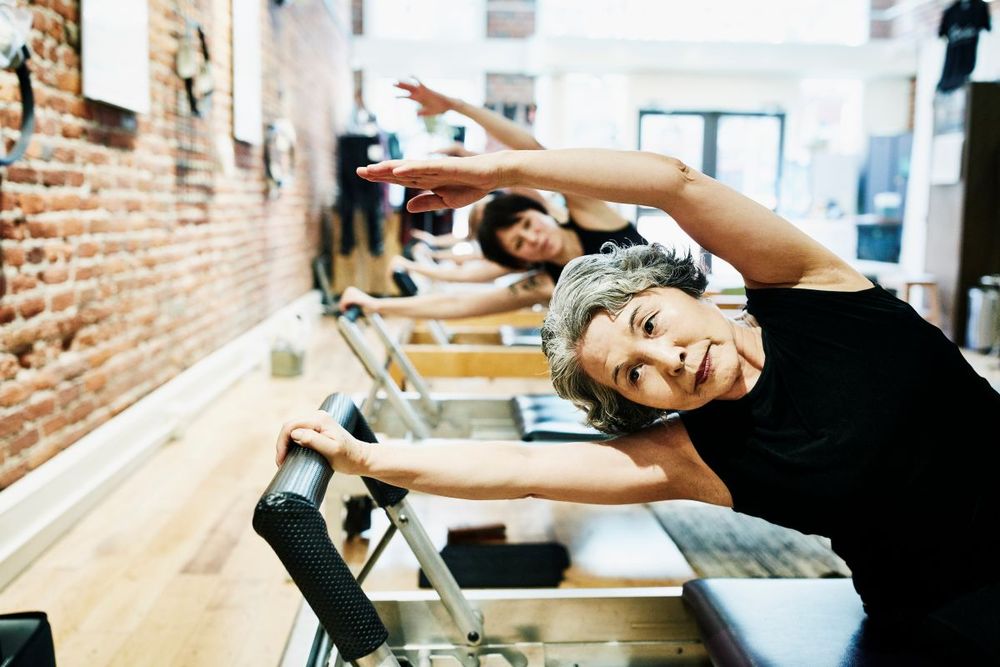
Did you know there is an Asian-specific BMI? AAPI Heritage Month is a great time to consider health equity through the lens of Asian America health. Read on to learn more about BMI limitations specific to this community and how to reframe conversations around health.
Read More10 Benefits of a Post-Workout Sauna (and, a Few Risks) (MSN)
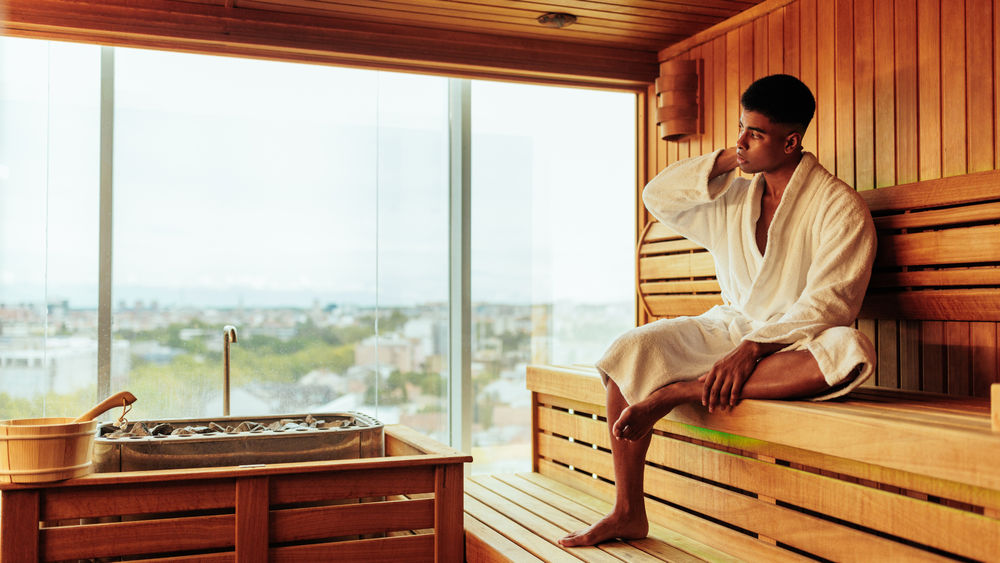
Using heat, whether it’s a sauna, hot tub, or another form of heat exposure after training, can enhance the normal training responses you can get, says Lance Dalleck, Ph.D., a professor of exercise and sport science at Western Colorado University and a member of the ACE scientific advisory panel.
Read MoreWrist Weights Vs. Dumbbells: Which One Sculpts Stronger Arms? A Trainer Weighs In (Women's Health)
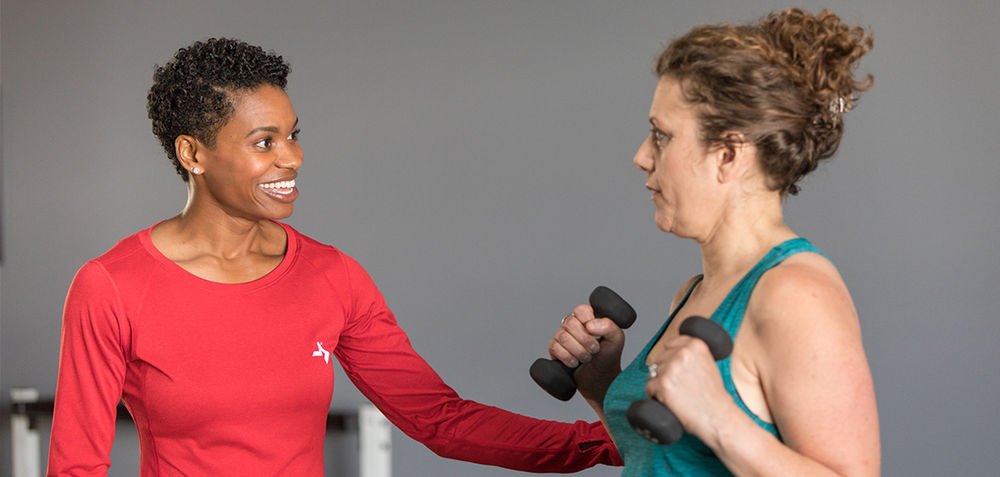
The first—and primary—benefit of wrist weights? Freedom. “Wearable weights allow for more fluid, dynamic movement options,” says Haahr. You can move your limbs freely and naturally—all while continuing to apply resistance to your muscles and bones, which can help build muscular endurance, or your muscles’ ability to resist fatigue over time, per the American Council on Exercise (ACE).
Read MoreRunning and Swimming Are Both Effective - Here’s Which Cardio Workout to Choose to Hit Your Goals (Women's Health)
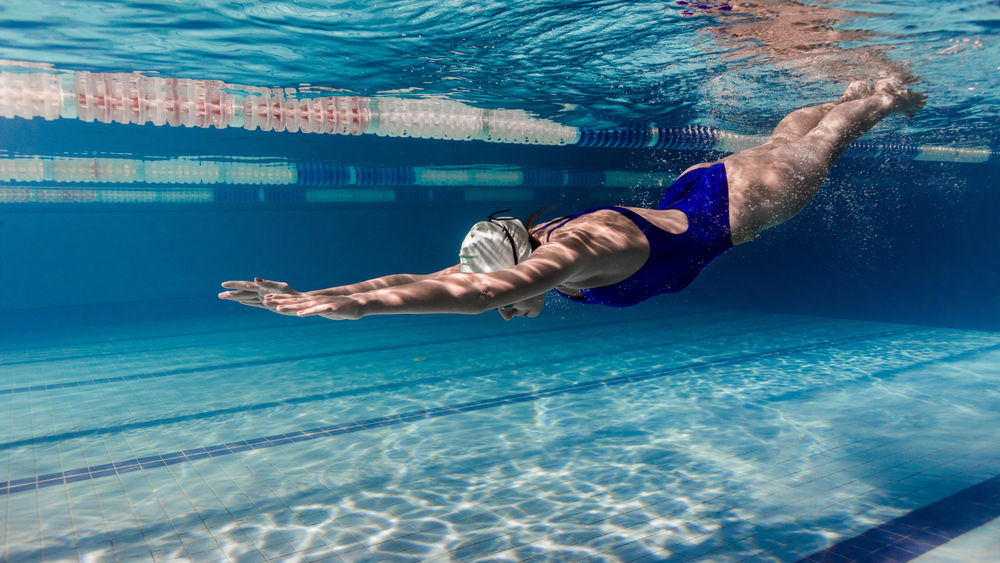
A 57kg person running for 30 minutes burns about 226 calories running a 12-minute mile, and 382 calories running a 7.5-minute mile, per the American Council on Exercise (ACE)’s physical activity calorie counter.
Read MoreAnti-obesity Medications and Menopause: Expert Insights
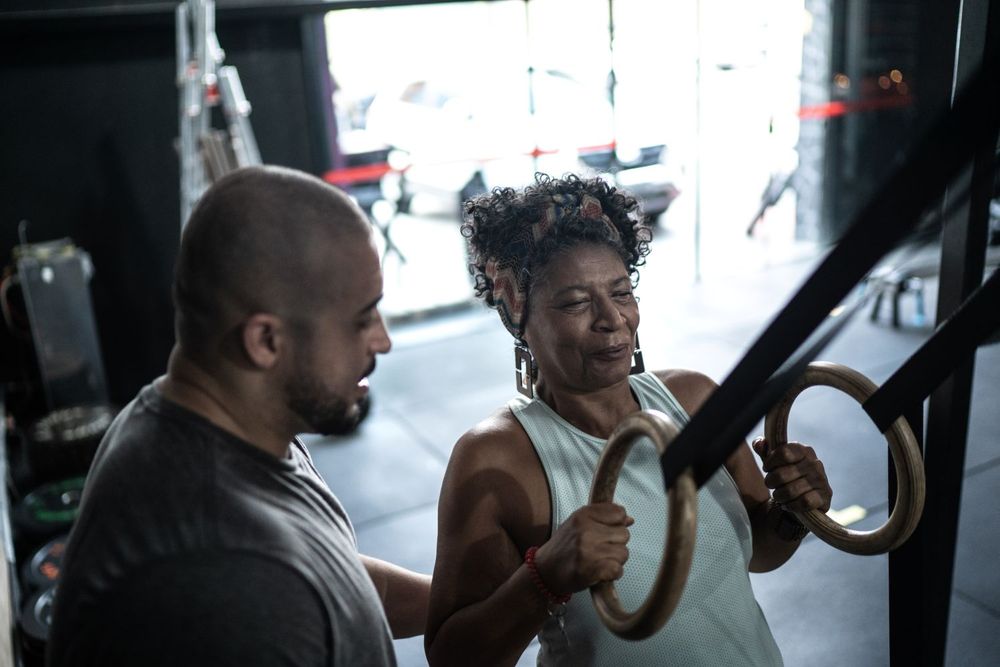
This Q&A explores anti-obesity medications and menopause, including the role of exercise professionals in supporting their clients. Topics covered include metabolism, nutrition, resistance training and the value of a holistic approach.
Read MoreHow To Do Walking Lunges Properly For All The Lower-Body Benefits, According To A Trainer (Women’s Health)
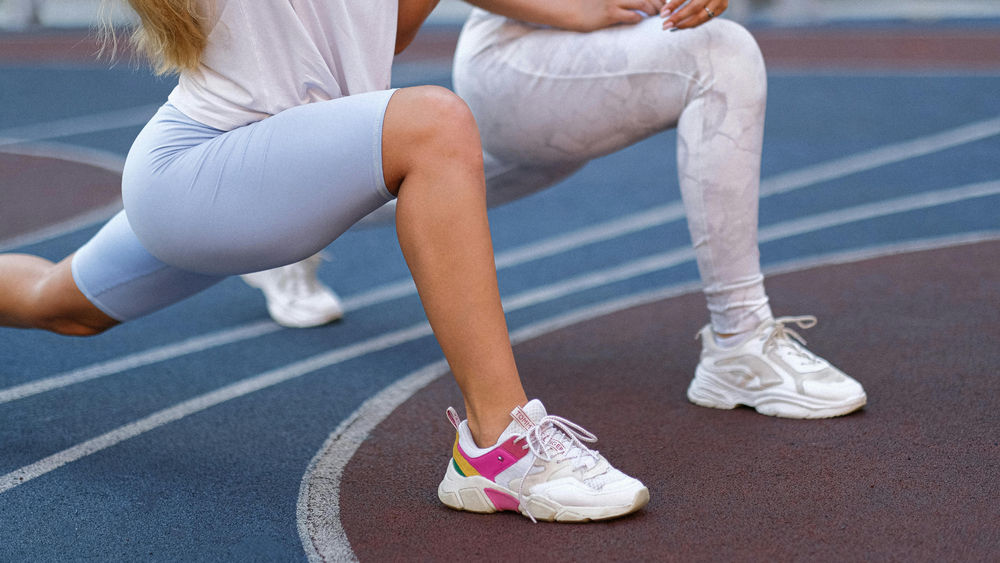
It’s totally normal for one side of your body to be a bit stronger than the other. But when these imbalances are significant, they can lead to movement compensations that ultimately lead to injury, according to the American Council on Exercise.
Read MoreCoachify AI Grows Worldwide, Making Personal Training Affordable and Effective (Digital Journal)

Integrating AI in personal fitness has raised questions about technology’s ability to replace traditional coaching models. Research from the American Council on Exercise suggests that personalized digital guidance can yield comparable results to in-person training for many fitness goals, particularly for intermediate exercisers.
Read MorePlant-based Eating: Considerations and Strategies

This Q&A explores plant-based eating, including the health and fitness benefits and strategies for transitioning to this type of eating plan. Explore expert insights into this evidence-based approach to nutrition and health.
Read More5 Weird Feelings People Get When They Workout (Body + Soul)
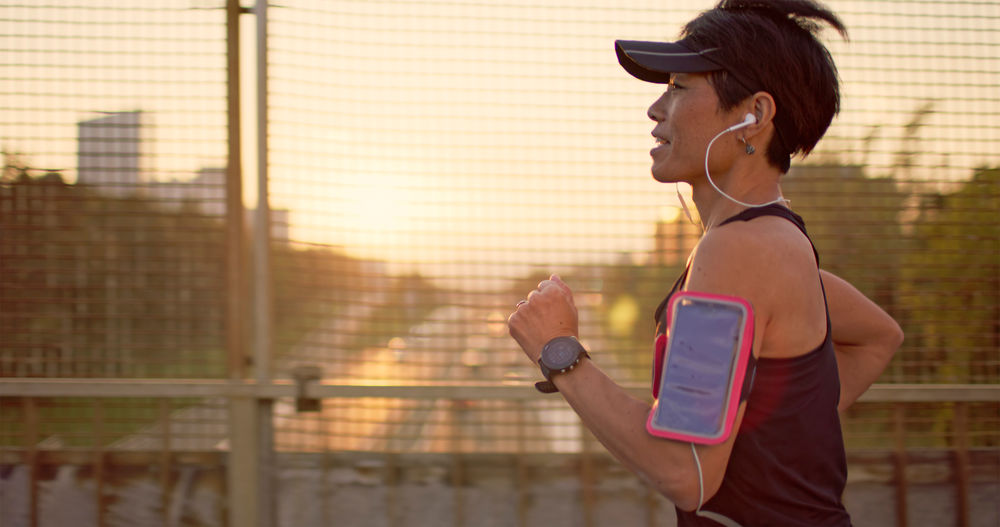
Some of my friends were surprised by my concern when they shared that they taste metal or blood while they run. It doesn’t sound normal to me, but apparently it’s not rare. President and chief science officer of the American Council on Exercise, Cedric X Bryant told The Washington Post, the phenomenon is just “your body telling you that ‘You’re probably doing a little bit more than what I’m ready to handle’”.
Read MoreEating for Longevity: New Research Examines Link Between Diet and Aging
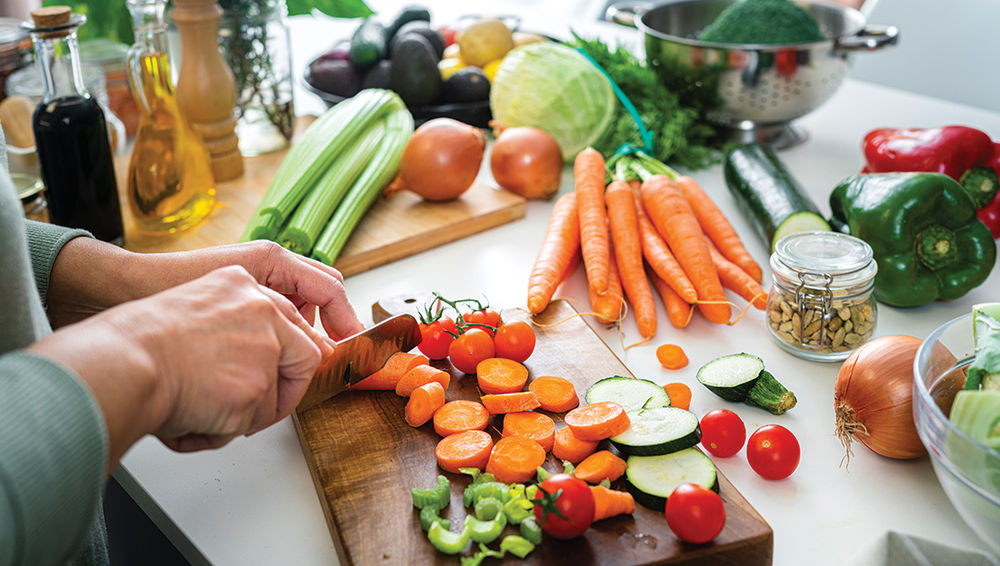
A landmark study tracking more than 100,000 people over 30 years reveals which midlife dietary habits are most strongly linked with healthy aging. Learn what the researchers found and gain practical strategies for helping clients build eating patterns that support cognitive function, physical ability and mental well-being into later life.
Read MoreThis is How Long You Need to Hold a Plank to See Real Results (Women's Health)
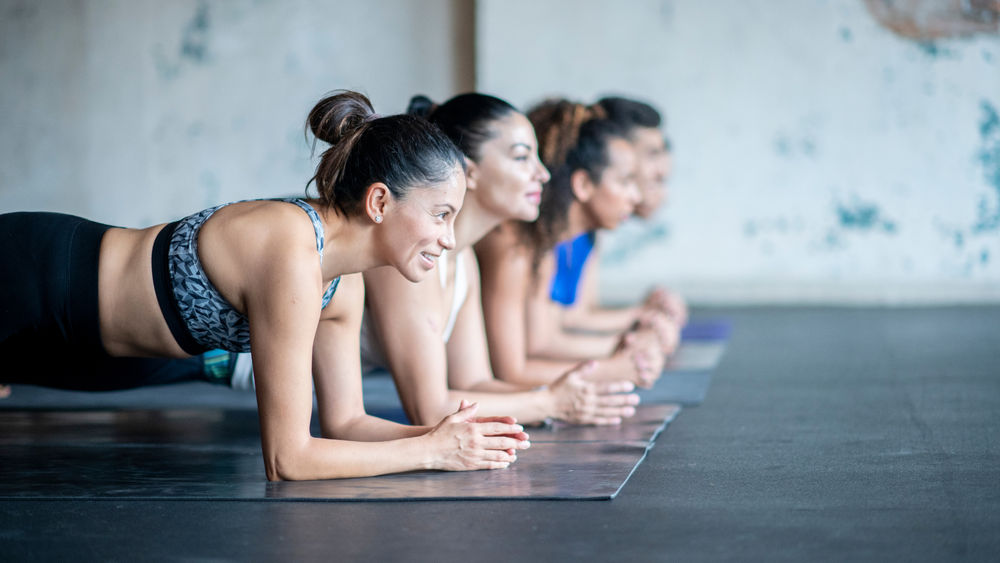
According to the American Council on Exercise (ACE), the core muscles include the erector spinae (your back extensors), internal and external obliques (responsible for rotating your trunk), obliques (help you bend to the side), transverse abdominis (this is the muscle being used when your bootcamp instructor enthusiastically belts out ’draw your belly button into your spine!’), rectus abdominis (commonly referred to as your ’six-pack’ muscles), and the multifidi (which keeps your spine stable).
Read MoreGet in the Know
Stay connected with us to get the latest health and fitness news, innovative workouts, healthy recipes and wellness tips.
